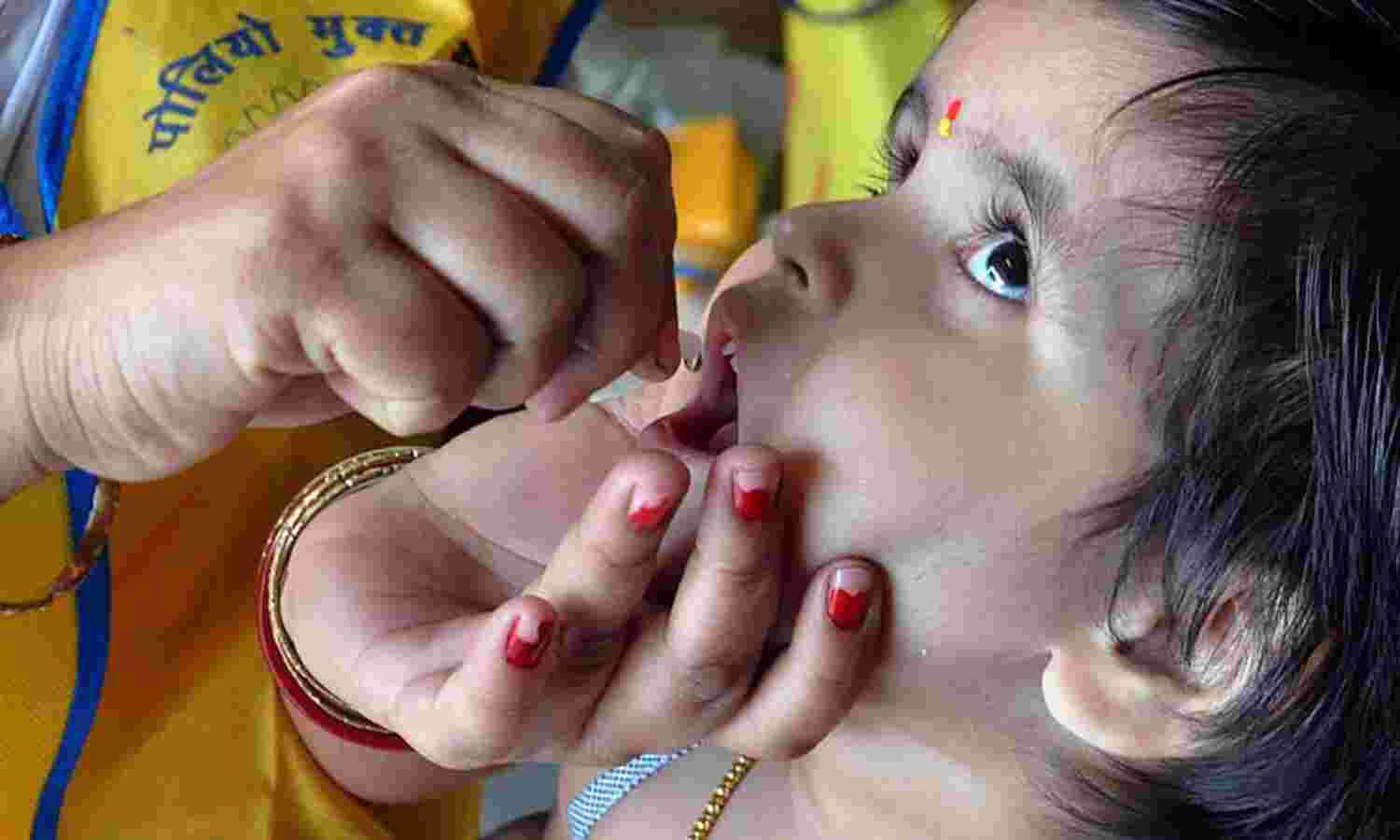India Getting Basic Vaccines To More Children But Trails Other Emerging Nations

New Delhi: More Indian babies are receiving all basic vaccinations than a decade ago, a sign of better-educated mothers and better healthcare. But India still lags China, which vaccinated more than 90% of its children, and a host of emerging nations.
In 2015-16, 62% Indian children (6 of 10) aged 12-23 months received basic vaccinations, up from 44% a decade ago in 2005-06, according to the latest national health data.
China has vaccinated more than 90% of its children, while Vietnam has vaccinated about 90%, Thailand more than 95%, Bangladesh more than 90% and Sri Lanka more than 95%. Developed nations, such as the US and the UK, vaccinate similar proportions of children as China, while African countries vaccinate about half, according to a monitoring system by the World Health Organization (WHO).
Rajasthan (55%), Madhya Pradesh (54%), Uttar Pradesh (51%), and Gujarat (50%) were among the worst 10 performers, along with five of eight north-eastern states, according to the final report of the National Family Health Survey, 2015-16 (NFHS-4), released on January 12, 2018.
“Immunising children against vaccine-preventable diseases can greatly reduce childhood morbidity and mortality,” the NFHS-4 report said.
India prevented one million deaths among children under five years of age between 2005 and 2015, and vaccination played a huge role, IndiaSpend reported on October 5, 2017.
Information on vaccination coverage was collected from the child’s health card and direct reporting by the mother for a total of 47,837 children across states.
To have received all basic vaccinations, a child must receive at least one dose of BCG vaccine, which protects against tuberculosis, three doses of DPT vaccine, which protects against diphtheria, pertussis (whooping cough), and tetanus, three doses of polio vaccine and one dose of measles vaccine.
The NFHS-4 report also covered the vaccination coverage of Hepatitis B, a life-threatening virus infection.
Coverage was the highest for the BCG vaccine at 92%, up from 78% a decade ago, and the lowest for the third dose of polio vaccine at 73%, down from 78% in 2005-06.
Sixty-three percent children received three doses of Hepatitis B vaccine.
| Children Aged 12-23 Months Receiving All Basic Vaccinations | ||||||||||
|---|---|---|---|---|---|---|---|---|---|---|
| BCG | DPT | Polio | Measles | All Basics | None | Hepatitis B | ||||
| 1st Dose | 2nd Dose | 3rd Dose | 1st Dose | 2nd Dose | 3rd Dose | |||||
| 92% | 90 | 86 | 78 | 91 | 86 | 73 | 81 | 62 | 6 | 63 |
Source: National Family Health Survey-4 2015; Figures in %
Although more children received the first doses of DPT and polio vaccines than the second or third doses, the dropout rates are higher for polio than for DPT.
Ninety percent children aged 12-23 months received the first DPT dose and 78% received the last dose. As many as 91% and 73% children received the first and last doses of the polio vaccine, respectively.
As many as 70% children aged 12-23 months whose mothers have 12 or more years of education received all basic vaccinations compared with 52% children whose mothers have no schooling.
Children aged 12-23 months who received no vaccinations increased to 6% from 5.1% in 2005-06.
Vaccination of children in rural India increased more than urban areas over a decade to 2015-16: 61% children in rural areas were covered with all basic vaccinations, up from 39% a decade ago. In urban areas, the coverage rose from 58% in 2005-06 to 64% in 2015-16.
(Tripathi is a principal correspondent with IndiaSpend.)
We welcome feedback. Please write to respond@indiaspend.org. We reserve the right to edit responses for language and grammar.


